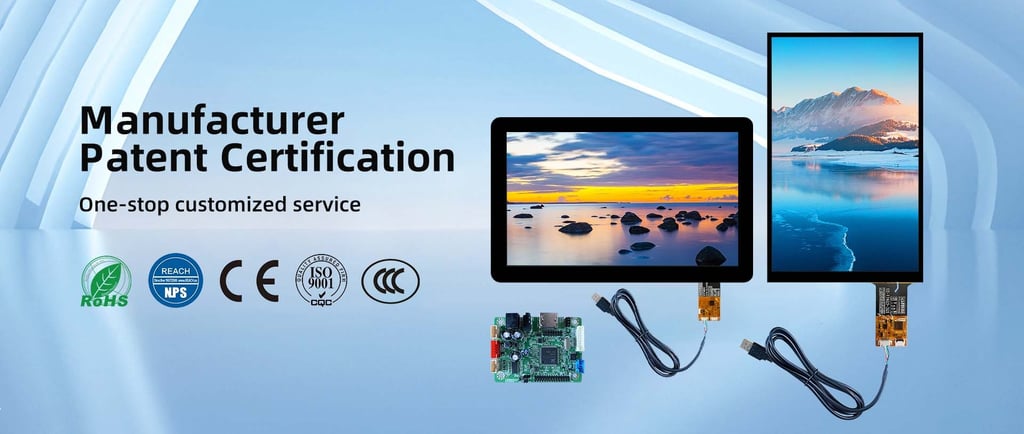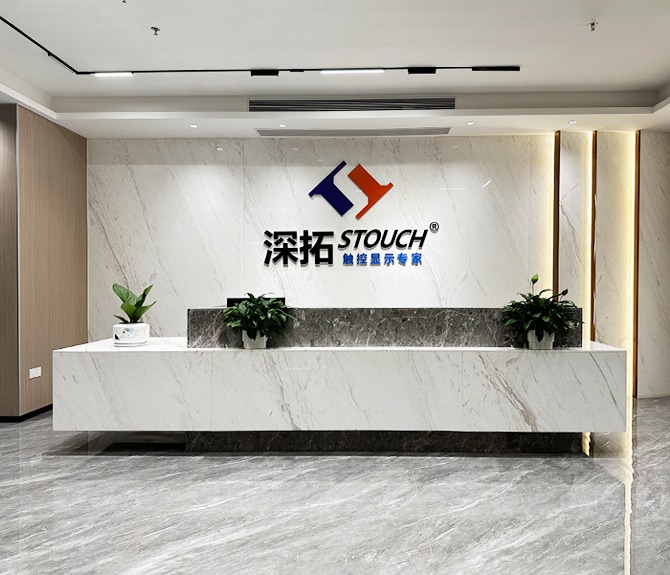The Benefits of Multi-Touch Technology in Industrial Applications
Imagine this: You’re operating a complex piece of machinery, and instead of fumbling with multiple buttons or switches, you can simply pinch, zoom, and swipe on a touch screen to control everything. Sounds futuristic, right? Well, it’s not—it’s multi-touch technology, and it’s revolutionizing industrial applications. Let’s dive into why multi-touch is a game-changer and how it can benefit your operations.
3/4/20252 분 읽기


1. What is Multi-Touch Technology?
Multi-touch technology allows a touch screen to recognize and respond to multiple points of contact simultaneously. This means you can use gestures like pinch-to-zoom, rotate, and swipe to interact with the screen, just like you would on a smartphone or tablet.
2. Why Multi-Touch Matters in Industrial Settings
In industrial environments, efficiency and precision are everything. Multi-touch technology brings a new level of intuitiveness and functionality to the table. Here’s why it’s becoming a must-have:
A. Enhanced User Experience
Intuitive Controls: Operators can interact with the system in a way that feels natural, reducing the learning curve.
Faster Operations: Multi-touch gestures allow for quicker navigation and decision-making.
B. Improved Productivity
Multi-Tasking: Operators can perform multiple actions at once, such as zooming in on a schematic while adjusting settings.
Streamlined Workflows: Complex tasks become simpler and more efficient.
C. Better Data Visualization
Interactive Displays: Pinch-to-zoom and rotate gestures make it easier to analyze detailed diagrams and data.
Real-Time Adjustments: Operators can manipulate data on the fly, improving accuracy and responsiveness.
3. Real-World Applications of Multi-Touch Technology
Multi-touch isn’t just a fancy feature—it’s making a real impact across industries. Here are a few examples:
A. Factory Automation
Scenario: A factory uses multi-touch screens to control robotic arms and conveyor belts.
Benefit: Operators can quickly adjust settings and monitor multiple processes from a single interface.
B. Medical Devices
Scenario: A surgical team uses a multi-touch screen to view and manipulate 3D scans during a procedure.
Benefit: Surgeons can zoom in on critical areas and rotate images for better precision.
C. Energy Sector
Scenario: A power plant uses multi-touch screens to monitor and control energy distribution.
Benefit: Operators can interact with complex data visualizations to optimize performance.
4. Choosing the Right Multi-Touch Solution
Not all multi-touch screens are created equal. Here’s what to look for when selecting one for your industrial application:
Durability: Ensure the screen can withstand harsh environments (e.g., dust, moisture, vibrations).
Compatibility: Check that the touch screen integrates seamlessly with your existing systems.
Customization: Look for a supplier that offers tailored solutions to meet your specific needs.
5. Why Choose STouch Display for Multi-Touch Technology?
At STouch Display, we specialize in providing high-quality multi-touch screens designed for industrial applications. Our products combine cutting-edge technology with rugged durability, ensuring reliable performance in even the toughest environments.
Conclusion
Multi-touch technology is more than just a convenience—it’s a powerful tool that can transform the way you operate. By embracing multi-touch, you can enhance user experience, boost productivity, and stay ahead of the competition.
Ready to explore the possibilities of multi-touch technology? Contact STouch Display today to discover how our solutions can take your operations to the next level!
Get in touch
Reach out for customized touch display solutions and inquiries.


Display Solutions
Custom touch displays for industrial and medical solutions Specific to Your Needs.
Quality First
Expert in touch panels
15 Years in Touch Solutions | Your One-Stop-Manufacturer | STOUCH © 2024. All rights reserved.
